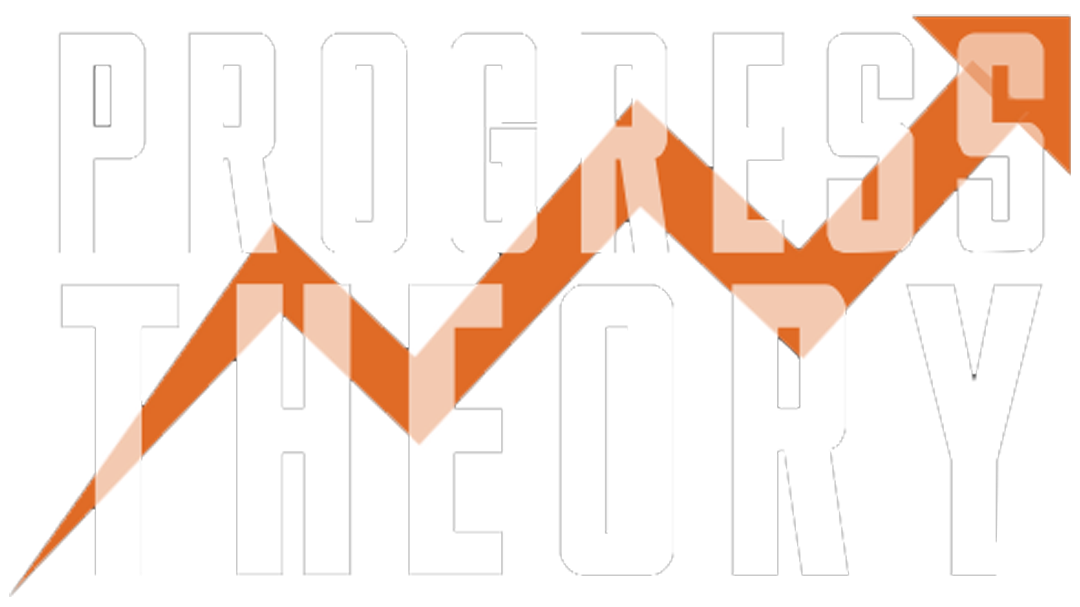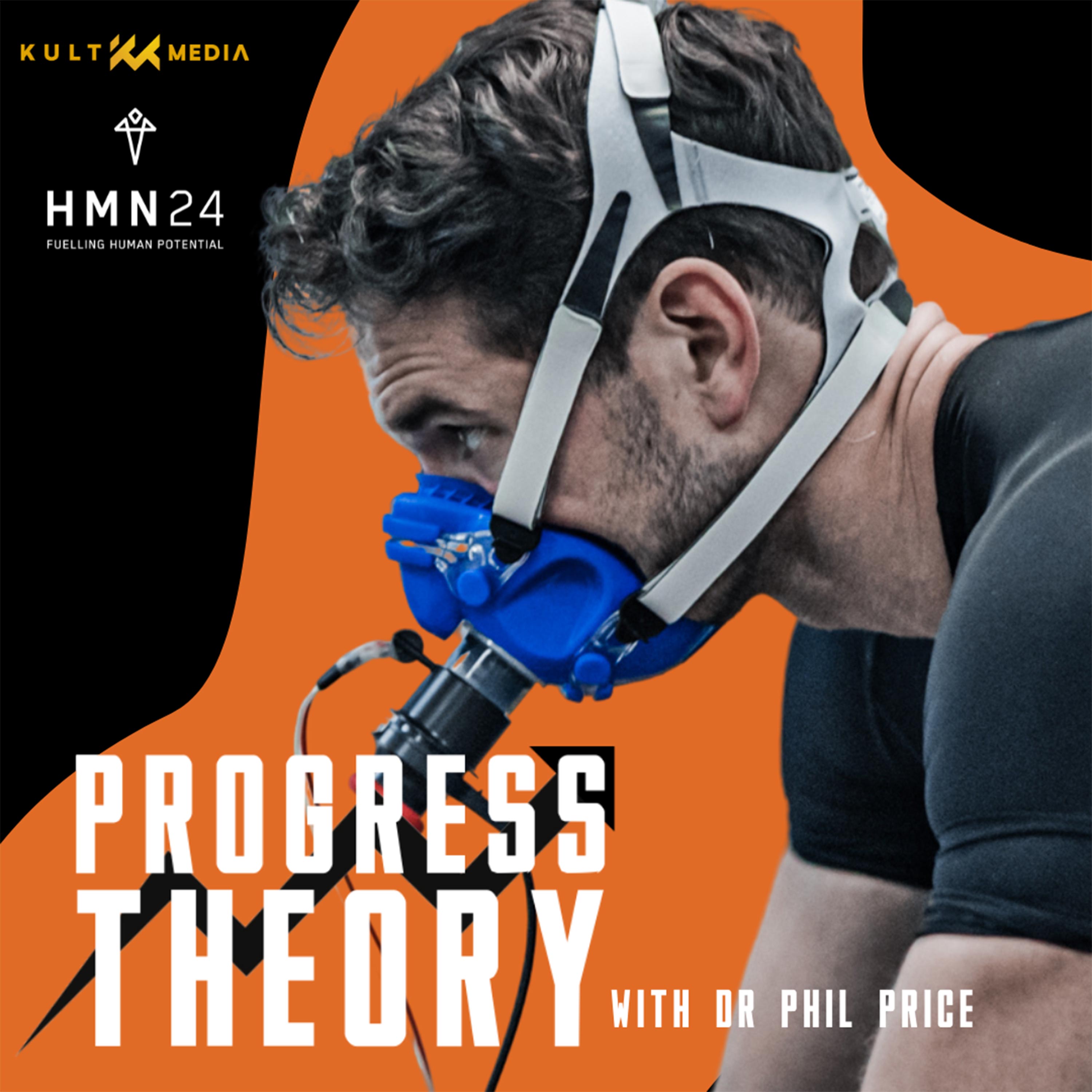Maximise Your Training Decisions With The 3 Minute All-Out Test - Christian Vassallo
Hello and welcome to another episode of the Progress Theory. In today’s episode, we’ve brought on Christian Vassallo, S&C coach and researcher, to discuss the 3 minute all-out test.
The use of the 3 minute all-out test is becoming more popular as coaches are finding it is easy to use and provides them with the perfect information about their athletes to aid their programming. But what is this information? How can it be so easily obtained and then used to make training programming decisions? In this episode, Christian breaks down how you perform the 3 minute all-out test, the physiology behind the information it gives you, and how it can be used in a training programme.
As always, please follow and share The Progress Theory on Instagram and Youtube, head to our website theprogresstheory.com, and check out all of our other episodes. But now, here is Christian Vassallo
In this episode, we discuss:
1:38 - An introduction to Christian Vassallo
3:50 - His work setting up Traainer
5:54 - What is the 3-minute all-out test
9:31 - Can you use the 3-minute test on other equipment, such as a bike or rower?
13:12 - The shuttle run version of the 3 minute all-out test
14:33 - Variables of interest from the 3-minute all-out test
18:10 - What is critical speed?
23:42 - How can you predict your battery (D’)
26:05 - How to use D’ and critical speed to make programming decisions:
32:57 - Eliud Kipchoge and his critical speed
35:52 - Using power for running programming
36:31 - Can the 3-minute all-out test predict the performance of both short and long-distance races?
42:50 - How you can Use D’ and critical speed to determine race strategies
45:43 - Questions from Instagram
46:11-50:04 - How to use the 3-Minute test for improving field-based sports
51:00 - How to contact Christian
Final Thoughts
This was a great episode, it provided some great information about a test that seems so simple but can give you so much valuable information for your training. I love that you can use it for pretty much any sport. Whether you’re a runner, rower, cyclist, or play an intermittent sport like rugby or netball, the 3-minute all-out test can be easily implemented into your training.
I just wanted to provide some final thoughts on some key areas which really stood out to me.
- Firstly, that the critical speed is faster than you think. I can imagine most people new to this test must think that everyone slows down almost to a crawl during the final minute of the 3-minute all-out test, just because it’s so hard to maintain that all-out intensity for that long. However, you’d be surprised how fast the default speed you resort to is. It just feels slow because of how fast you were going at the start.
- And finally, I thought it was just incredible that Eliud Kipchoge maintained 97% of critical speed throughout his 2-hour marathon, which means his critical speed is greater than 21 kilometres per hour. I don’t even know if I can sprint that speed. His physiology is incredible.
Anyways I hope you enjoyed this episode and have learnt a lot from it because I certainly did. All of Christian’s details can be found in the show notes. For now, please follow and share @theprogresstheory on Instagram and youtube, head to our website theprogresstheory.com and listen to our other episodes. We’ll see you in the next one

